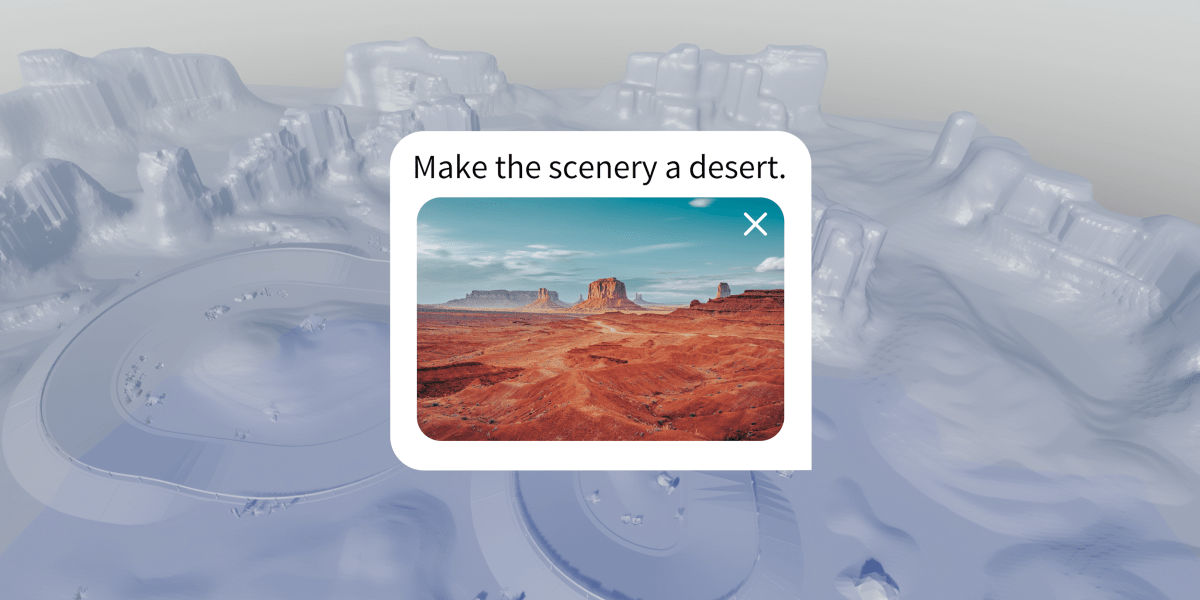Roblox’s new tool works by “tokenizing” the 3D blocks that make up its millions of in-game worlds, or treating them as units that can be assigned a numerical value on the basis of how likely they are to come next in a sequence. This is similar to the way in which a large language model handles words or fractions of words. If you put “The capital of France is …” into a large language model like GPT-4, for example, it assesses what the next token is most likely to be. In this case, it would be “Paris.” Roblox’s system handles 3D blocks in much the same way to create the environment, block by most likely next block.
Finding a way to do this has been difficult, for a couple of reasons. One, there’s far less data for 3D environments than there is for text. To train its models, Roblox has had to rely on user-generated data from creators as well as external data sets.
“Finding high-quality 3D information is difficult,” says Anupam Singh, vice president of AI and growth engineering at Roblox. “Even if you get all the data sets that you would think of, being able to predict the next cube requires it to have literally three dimensions, X, Y, and Z.”
The lack of 3D data can create weird situations, where objects appear in unusual places—a tree in the middle of your racetrack, for example. To get around this issue, Roblox will use a second AI model that has been trained on more plentiful 2D data, pulled from open-source and licensed data sets, to check the work of the first one.
Basically, while one AI is making a 3D environment, the 2D model will convert the new environment to 2D and assess whether or not the image is logically consistent. If the images don’t make sense and you have, say, a cat with 12 arms driving a racecar, the 3D AI generates a new block again and again until the 2D AI “approves.”
Roblox game designers will still need to be involved in crafting fun game environments for the platform’s millions of players, says Chris Totten, an associate professor in the animation game design program at Kent State University. “A lot of level generators will produce something that’s plain and flat. You need a human guiding hand,” he says. “It’s kind of like people trying to do an essay with ChatGPT for a class. It is also going to open up a conversation about what does it mean to do good, player-responsive level design?”

